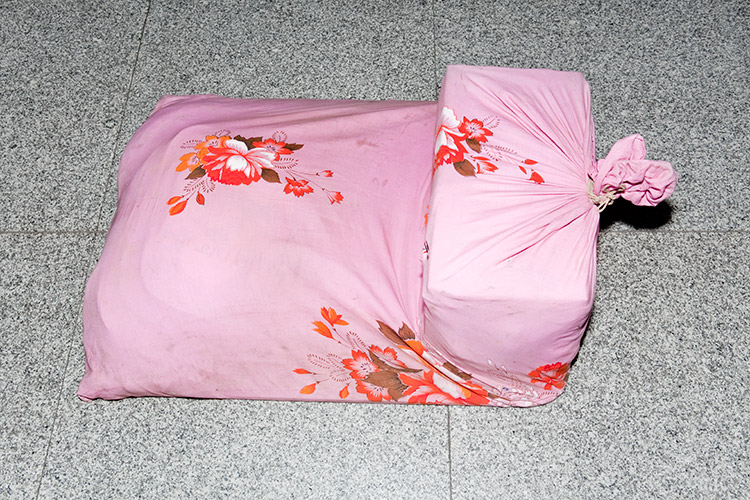The Floating Population
—
Beijing, 2011
—
In the early 80s, upon the opening up of China’s economy under Deng Xiaoping, farmers left their hometowns seeking work in China’s developing cities as a response to the resulting agricultural reforms. These people from China’s vast rural areas are referred to as the ‘floating population’.
The term ‘floating population’ in China refers to people who have not in fact migrated, but who ‘float and move’ meaning that they are not, and generally will not become, a permanently settled group.
This transience is because the floating population has not been granted permanent, official household registration in the place in which they are residing. Members of the floating population frequently move back and forth between country and city and come and go with the seasons. (Dorothy J. Solinger, 1999, pp. 15–23)
China’s entire floating population of migrant workers reached a record 211 million in 2009. Last year, it was estimated that Beijing numbered 20 million people, with 7 million of them being part of the floating population.
Shot at the main entrances and exits of Beijing East Railway Station and bus station Zhaogongkou, the city’s most important transport hubs, these images present the ad hoc luggage of migrant workers, most of whom are employed in the field of construction.
—
Exhibitions
After-Hour Shopping Mall, NP3 Groningen NL, 2011
Format Photography Festival Derby, UK, 2013
Designcenter De Winkelhaak, Antwerpen BE, 2013
Included, The Orange, Beijing, 2014
—
Related works
Floating Population (Book)
Poster series
Poster series, size 50x70cm







